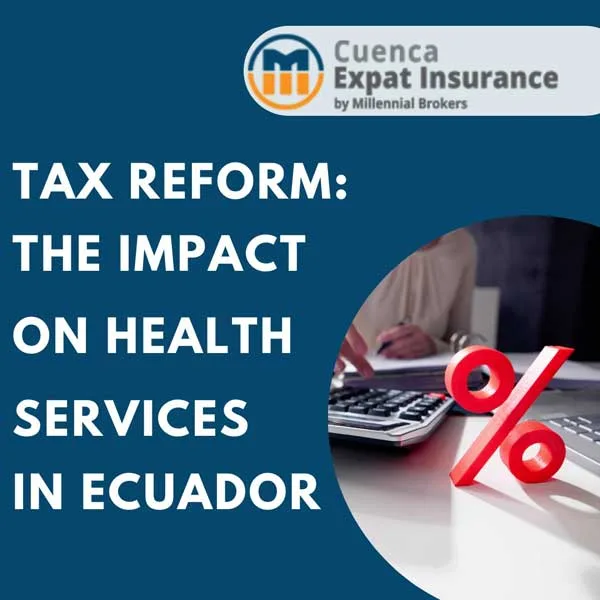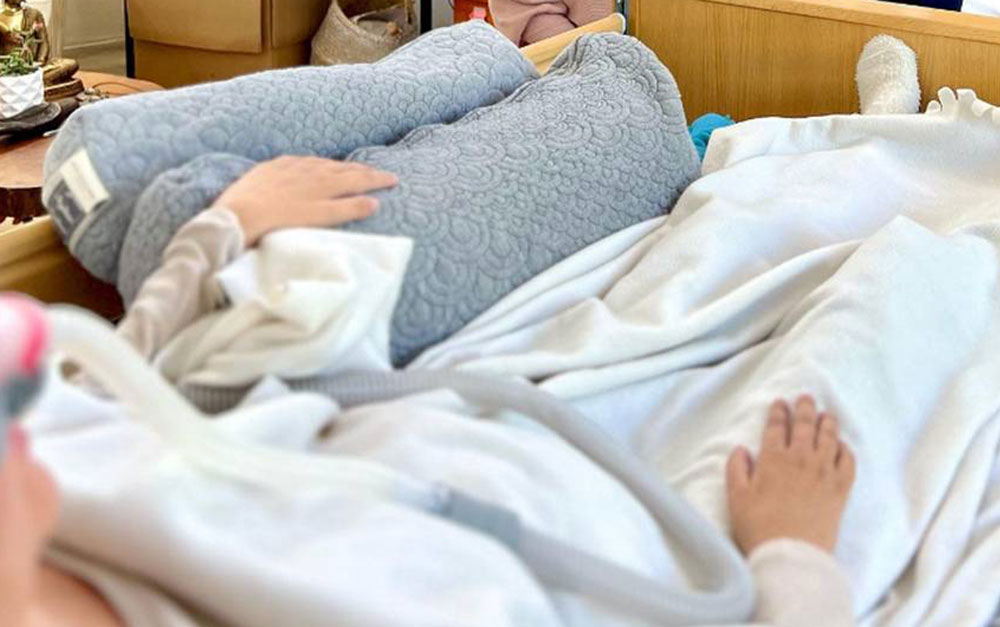What do the experts say about ‘mixing and matching’ Covid-19 vaccines?
By Meryl Davids Landau
Can someone get their initial COVID-19 vaccine from one manufacturer and then get a booster from another? The question has intrigued medical professionals since before the first shot went into an arm — and it’s far more than an academic issue. Allowing people to mix and match COVID-19 shots could significantly improve vaccine distribution and may even offer some medical benefits.
match COVID-19 shots could significantly improve vaccine distribution and may even offer some medical benefits.
This afternoon an advisory committee to the U.S. Food and Drug Administration will review data from a recent National Institutes of Health study that seeks to answer the question. The preliminary results of this very small study hint that the answer may be yes.
If the FDA eventually endorses mixing brands, the decision could help nationwide vaccination efforts, says Pedro Piedra, professor of molecular virology, microbiology, and pediatrics at Baylor College of Medicine in Houston. “At any time, a pharmaceutical company can have a manufacturing issue, whether that’s a contamination problem or a shortage of a reagent, so it’s helpful to have options,” he says.
Doctors and pharmacists would also benefit, says Robert M. Jacobson, medical director of the primary care immunization program at the Mayo Clinic. “Practitioners could just pick one brand to carry and know they could give that to anyone in the middle of their vaccine series, rather than have to turn some patients away,” he says. This would reduce waste, because more people could be inoculated from each open vial, he notes.
Globally, scientific support for mixing vaccines would be an especially big benefit for low-income countries, many of which don’t have national stockpiles. They’d be able to use whatever shots they receive from aid groups or donations at a given time. That’s particularly important when just 2.5 percent of people in these countries have received even one jab.
Extensive mixing data from England
Researchers at the University of Oxford in the U.K. conducted some of the earliest research on mixing COVID-19 vaccines in studies conceived in late 2020, before any vaccines were authorized in that country. Known as the Com-COV study, for Comparing COVID-19 vaccine schedule combinations, the team initially looked at mixing and matching the vaccines made by AstraZeneca-Oxford and Pfizer-BioNTech. (Find out how the different COVID-19 vaccines work in our vaccine tracker.)
 “The initial thinking was really about the roll-out: What if there was a problem with the supply of one vaccine, or if there was a safety signal with it, or if a person turned up and you didn’t know which vaccine they’d had before,” says Matthew Snape, an Oxford vaccinologist and the chief investigator on the Com-COV trials.
“The initial thinking was really about the roll-out: What if there was a problem with the supply of one vaccine, or if there was a safety signal with it, or if a person turned up and you didn’t know which vaccine they’d had before,” says Matthew Snape, an Oxford vaccinologist and the chief investigator on the Com-COV trials.
But interest quickly shifted to whether such mixing, known in medicine as a heterologous vaccination schedule, could offer immunological advantages. When the researchers gave 830 people either a double dose of the AstraZeneca or the Pfizer-BioNTech vaccines four weeks apart, or a mix of each, all achieved an immune response above the threshold indicating good protection.
The strongest response occurred in people who first got the AstraZeneca shot followed by Pfizer. The levels of antibodies (indicating the body’s ability to fight the coronavirus) and T-cells (responsible for limiting internal spread of the disease) rose highest under this combination. Which of these two immune reactions is most important isn’t yet known, Snape says. Researchers are also still investigating whether the advantage holds months after the shots; new blood samples taken six months after the initial doses are currently being studied, he says.
Mixing vaccines did lead to slightly more adverse reactions in this research, but all the reported side effects were no worse than bothersome headaches, fevers, and chills that dissipated within days. No combinations raised safety concerns.
“These results created a lot of chatter,” says Waleed Javaid, an epidemiologist and director of infection prevention and control at Mount Sinai Downtown in New York City. But without longer-term data, they don’t confirm that the combination is worth doing, he says.
The AstraZeneca vaccine is not authorized in the U.S., but many experts compare the shot with the Johnson & Johnson vaccine because both use the same type of delivery system, known as a viral vector. In both vaccines, an adenovirus like the ones that cause the common cold delivers a small piece of the SARS-CoV-2 virus’s genetic code into the body, triggering an immune response.
However, the AstraZeneca is made from a chimpanzee adenovirus, while the J&J shot uses a human version. That means the two vaccines are distinct enough that you can’t apply study results from one to the other, says Dan Barouch, director of the Center for Virology and Vaccine Research at Boston’s Beth Israel Deaconess Medical Center.
“Heterologous vaccinations schedules might offer advantages, because each vaccine brings different features to the table. But every combination must be specifically studied for safety and immunogenicity,” Barouch says.
In recent months, Oxford has added Moderna and Novavax, another type of vaccine not authorized in the U.S., into its research mix. It expects to present results from the combinations of these four vaccines later this month, Snape says.
What the NIH found out about mixing
The NIH embarked on its own mix-and-match research in June, and the interim preliminary results were released online Wednesday. They are now under review by the FDA’s Vaccines and Related Biological Products Advisory Committee.
The scientists recruited some 450 people who had received a full series of any of the three vaccines authorized in the U.S. At least three months later these people received a booster shot, either of the same brand or a different one. When the NIH team checked the participants’ blood for antibody levels 15 days after the booster, mixing was shown to enhance the shots’ effects, especially for those whose first inoculation was with the J&J jab.
The roughly 50 people who boosted their J&J shot with Moderna saw their antibody levels rise 76-fold, compared to just 4-fold in those getting another J&J vaccine. A Pfizer booster gave this group a 35-fold increase in antibodies.
Switching from one mRNA shot to another was less dramatic. Pfizer-Moderna recipients saw a 32-fold boost, while Pfizer-Pfizer’s was 20-fold. The Moderna-Pfizer combination turned out to be largely similar to Moderna-Moderna’s. And no mRNA recipient got a larger increase with a J&J booster compared to one from their original shot type.
If the final results of this study, along with others in process worldwide, continue to find advantages, the CDC’s Advisory Committee on Immunization Practices (ACIP) might ultimately green-light a mix-and-match protocol. But it has not done so at this time.
The only combination protocol authorized in the U.S. is for immunocompromised people getting a third mRNA shot to enhance their generally weak response to the first two. The CDC recommends using the same brand throughout, but if that is unavailable, it says a different mRNA vaccine can be used.
Why only some vaccines are interchangeable
Historically, combining vaccine doses from different manufacturers has rarely been authorized for other diseases, Jacobson points out. This is due to the way vaccine research is financed in this country, he says. Before any product is authorized, its manufacturer must pay hefty sums to conduct sufficiently large studies proving their vaccine is safe and effective. They must also convince the FDA that they are able to manufacture every dose going forward to the exact same specifications as were used in its clinical trials.
“A manufacturer is not going to also put money into seeing whether its product mixes with other brands. There is no financial benefit for them to do that,” Jacobson says.
Independent scientists sometimes perform this research on their own and present the data to ACIP. Based on this independent data, for instance, the committee has agreed that children under age nine getting their first-ever flu shot, which requires two doses, can safely receive any two of the nearly one dozen products available, Jacobson says. People can similarly swap brands for subsequent doses of Hepatitis A or Hepatitis B vaccines.
“Decades of research has shown that, in general, if antigens are generated by a vaccine in similar fashion, you can mix and match. But there are some huge exceptions,” Jacobson says. For instance, mixing among meningococcal B manufacturers is not allowed. “If the provider can’t get the boost in the same brand as the original shot, you have to start the whole series over,” he says.
Some countries have already decided that certain recipients can receive a different second COVID-19 shot. When a rare blood clotting disorder appeared in a small number of younger recipients of the AstraZeneca vaccine, some governments were hesitant to insist that everyone who’d gotten the first shot continue with the second.
“This is exactly what we anticipated in wanting to generate data,” Snape says of the Com-COV studies. Canada’s policy allows people who received a first AstraZeneca dose to finish the series with an mRNA vaccine if they prefer.
Should you try to mix and match?
With the fragmented healthcare system in the U.S., it’s possible that some people here have gotten a second or third dose of a different vaccine through less than legitimate means. You probably know someone who has done this, perhaps swayed by data showing stronger protection for some vaccines or annoyed that boosters for the Moderna and J&J vaccines are not yet approved.
Even though the preliminary NIH results show some advantage, the number of people tested was small. And while no serious adverse events occurred, uncommon reactions wouldn’t be discovered until tens of thousands or more recipients get the combination, Piedra says. It also remains to be seen whether the changes in the immune system seen 15 days after the vaccine ultimately translate into disease protection.
Plus, if you choose your own unauthorized booster shot, what happens if later research proves a different combination is better? That’s why experts say it’s a bad idea to become your own vaccine advisory committee and get a shot out of turn. “Deciding whether to mix,” Javaid says, “should be done in a safe and scientific matter rather than randomly.”
_____________________
Credit: The National Geographic


















